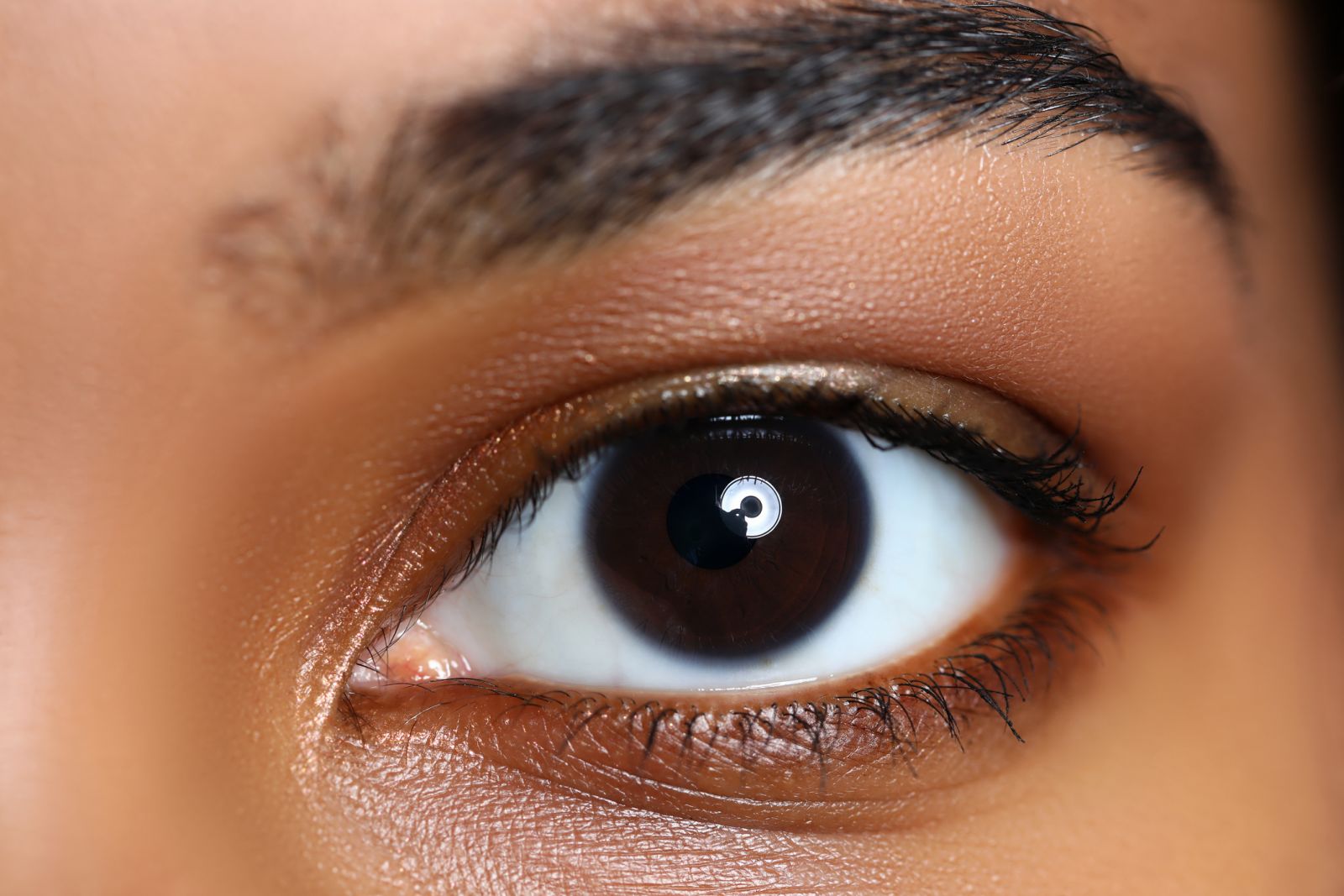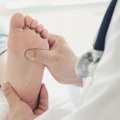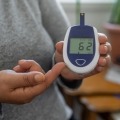The Latest on Eylea: A Leading Treatment for Diabetes-Related Retinopathy
 By Kira Wang
By Kira Wang
New results on Eylea, a treatment for diabetes-related retinopathy, show that the therapy reduces the risk of more serious eye complications when used for prevention.
Key findings were recently published on Eylea, a common therapy in the US used to treat several eye conditions including diabetes-related eye disease. According to Dr. Jennifer Sun (co-chair of the Diabetic Retinopathy Clinical Research Network), 60% of patients may not know they have some form of early-stage diabetes-related retinopathy which may not affect one’s ability to see. The clinical trial was focused on prevention: does early Eylea treatment of diabetes-related retinopathy result in better vision later on? The answer may not yet be clear – while Eylea was found to reduce specific vision-threatening complications, it did not meaningfully improve vision outcomes in the published study.
Eylea is an approved treatment for diabetes-related macular edema and diabetes-related retinopathy, two of the eye complications associated with diabetes. Eylea is an anti-VEGF therapy, meaning that the drug blocks VEGF, a protein that is necessary for new blood vessel growth. The medication is injected into the eye by an ophthalmologist every four to 16 weeks, depending on the severity of the eye disease.
The trial looked at 328 adults with early-stage diabetes-related retinopathy (also called non-proliferative diabetes-related retinopathy) and excellent vision. At the beginning of the study, about half of the eyes received Eylea injections every 16 weeks, and the other half received a placebo injection (which included no medication). The preliminary data were reported through two years. The study will continue for a total of four years.
The researchers were studying two main outcomes in these eyes:
-
Changes in the anatomy of the retina (for evidence of either a more advanced stage of diabetes-related retinopathy, called proliferative diabetes-related retinopathy, or the development of swelling called center-involved diabetes-related macular edema). These can be thought of as structural changes in the eye.
-
A functional difference in participants’ ability to see, known as their visual acuity. See below for key findings after two-years:
The trial found that Eylea led to improved anatomical outcomes and reduced the risk of more serious eye complications:
-
Eylea reduced the risk of developing complications by 68% when compared to the placebo. The probability of developing any complication was 16% in the Eylea group and 44% in the placebo group.
-
Individually, participants taking Eylea were 66% less likely to develop more advanced stages of diabetes-related retinopathy (proliferative diabetes-related retinopathy) and 64% less likely to develop macular edema with vision loss.
-
People receiving placebo injections were five times more likely to need additional treatment (with Eylea) with worsening of the eye disease.
-
There was no difference in the vision quality of either group after two years (excellent vision in 75% of the treatment group and 72% of the placebo group).
The four-year results of the trial will be important in determining whether the higher rate of complications in the placebo group might eventually lead to more vision loss in that group. If this is the case, treating diabetes-retinopathy in its earliest stages with Eylea may present a long-term benefit for vision.
There are several treatment options for diabetes-related eye disease, including oral medications, laser treatments for the eyes, and therapies like Eylea. Increasingly, surgical techniques are being used for less advanced stages of diabetes-related eye disease. Other novel strategies are also being investigated to avoid needing regular injections into the eye.
More information is needed before Eylea can be considered for use as a widespread tool to prevent worsening of diabetes-related retinopathy. Dr. Sun’s bottom line for clinicians and patients? “With regular follow-up and rigorous evaluation, the chances of continuing to have good vision, even with severe non-proliferative diabetic retinopathy and moderate non-proliferative diabetic retinopathy, are excellent. I don’t think this study says that early treatment should be routinely given yet. It is important to hang tight and wait for four-year results.”
The most important action people with diabetes can take is to have an annual dilated eye exam, in addition to managing glucose, blood pressure, and cholesterol levels. If diabetes-related eye disease worsens, there a number of options that can be used to prevent vision loss. To learn more about protecting your eyes and treating eye disease, check out our series: Caring For Your Eyes.







